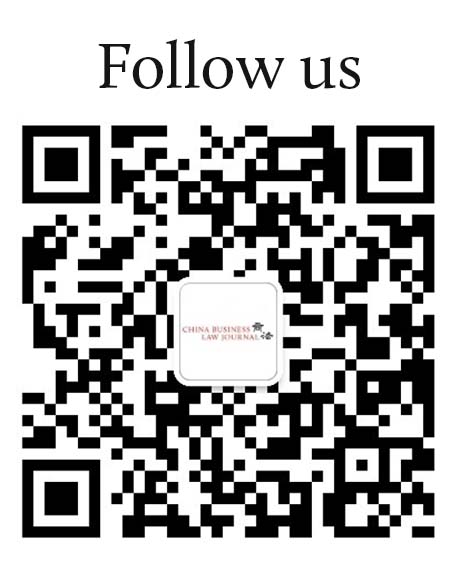The design patent protection system in China has some unique advantages, such as low fees and rapid granting of rights. When hearing a design patent infringement case, a judge also faces relatively few difficulties, because he or she has relatively wide discretion in determining “identity” and “similarity”, and such determination is not as “technical” as the comparisons for invention and utility model infringement. Accordingly, the hearing time of a case is relatively short. Furthermore, as long as the evidence is sufficiently prepared, it is usually possible to obtain reasonable compensation.
The purpose of filing for a patent is to protect one’s invention/creation and maintain one’s market competitiveness. This column offers certain suggestions for design filing strategies in light of our experience in design patent litigation.
Solid lines and broken lines
Pursuant to the Patent Law (2008), the Implementing Rules for the Patent Law (2009) and the current Patent Examination Guidelines, design patents in China only protect the entire design of a product, and patents may not be granted for the design of an inseparable part of a product, or of a part that cannot be separately sold or used.
You must be a
subscribersubscribersubscribersubscriber
to read this content, please
subscribesubscribesubscribesubscribe
today.
For group subscribers, please click here to access.
Interested in group subscription? Please contact us.
你需要登录去解锁本文内容。欢迎注册账号。如果想阅读月刊所有文章,欢迎成为我们的订阅会员成为我们的订阅会员。
Martin Meng and Howard Hao are patent partners at Chang Tsi & Partners
7/F and 8/F, Tower A, Hundred Island Park
Bei Zhan Bei Jie Street, Xicheng District
Beijing 100044, China
Tel: +86 10 8836 9999
Fax: +86 10 8836 9996
E-mail: martinmeng@changtsi.com
howardhao@changtsi.com
www.changtsi.com





























